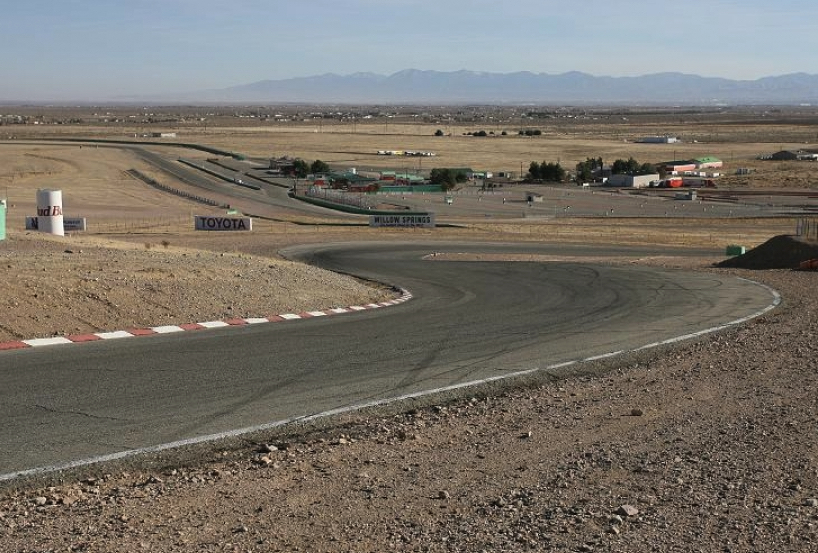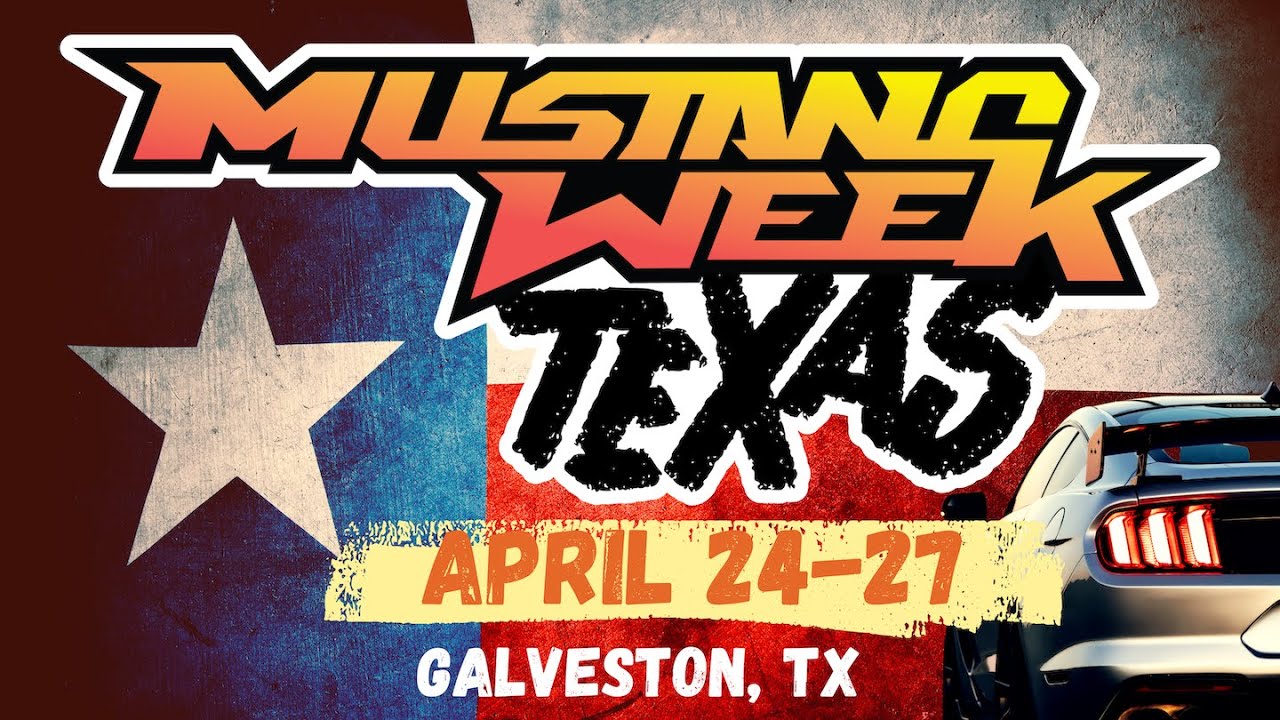
GM’s 2014 Impala will feature a crash-imminent braking system that uses radar to detect crash threats and alert drivers. If the driver doesn’t react quickly enough, the system stops the vehicle automatically. Photo from www.chevrolet.com
According to the University of Michigan Transportation Research Institute, the number of older Americans with driver’s licenses rose significantly for the 65-74 age group and the 55-64 age group range between 2007 to 2011.
Declining vision and other physical health problems will no longer keep seniors from being mobile with the self-driving technology improvements in vehicles. General Motors has made a monumental effort with their 2014 Impala by designing the crash-emminent braking system that uses radar to detect crash threats and alert drivers. If the driver fails to respond, the system stops the vehicle automatically.
“The systems that we have on our cars now that are more and more common, backup aids, parking aids, are building blocks toward automated driving,” says Kristopher Spencer, a GM advanced technology spokesman. “We’re going to see continuous acceleration of innovative driving systems coming to market.”
While the technology will help driving for all drivers in all age groups, but older drivers will be among the first to get the latest technology. Massachusetts Institute of Technology’s AgeLab (MIT) researches how drivers across age groups react to new vehicle technology, which includes buying habits and semiautonomous systems. Older drivers tend to have more disposable income and will be the first to get the newest technology.
MIT has a Volkswagen New Beetle dubbed Miss Rosie that records data measuring a driver’s physical capabilities to operate a vehicle, such as flexibility and strength. They also have a simulator called Miss Daisy that helps researchers determine how factors such as medication, a key issue for older people, influence motorists.
Automakers, including General Motors, say their goal is to enhance the driving experience and make it safer with semiautonomous features, not replace drivers. Others cringe at the idea of elderly drivers behind the wheel of a voice controlled vehicle. Whether this technology leads to a completely independent self driving vehicle or just enhance driving by parallel parking for drivers remains to be seen.
For more information on GM’s self driving vehicle program, see the GM news article at GM: Self-Driving Vehicles Could Be Ready by End of Decade.
Give us your thoughts on self driving vehicles and aging drivers in the comment section below.


















